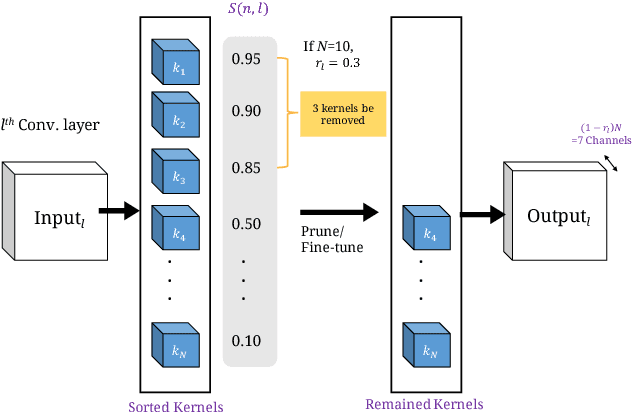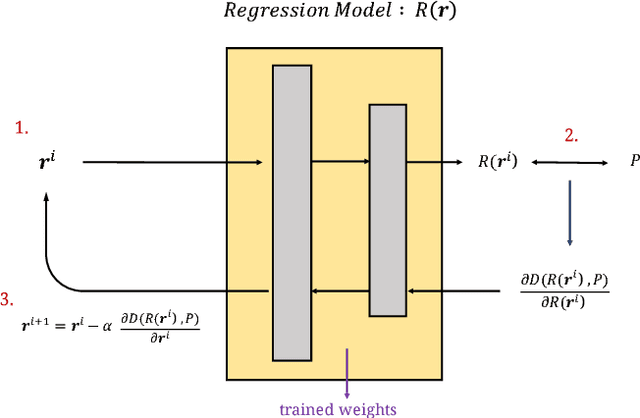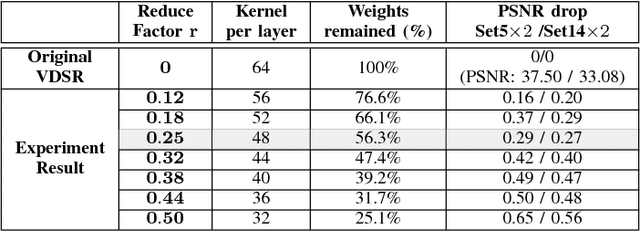Computation-Performance Optimization of Convolutional Neural Networks with Redundant Kernel Removal
Paper and Code
Apr 10, 2018



Deep Convolutional Neural Networks (CNNs) are widely employed in modern computer vision algorithms, where the input image is convolved iteratively by many kernels to extract the knowledge behind it. However, with the depth of convolutional layers getting deeper and deeper in recent years, the enormous computational complexity makes it difficult to be deployed on embedded systems with limited hardware resources. In this paper, we propose two computation-performance optimization methods to reduce the redundant convolution kernels of a CNN with performance and architecture constraints, and apply it to a network for super resolution (SR). Using PSNR drop compared to the original network as the performance criterion, our method can get the optimal PSNR under a certain computation budget constraint. On the other hand, our method is also capable of minimizing the computation required under a given PSNR drop.
 Add to Chrome
Add to Chrome Add to Firefox
Add to Firefox Add to Edge
Add to Edge